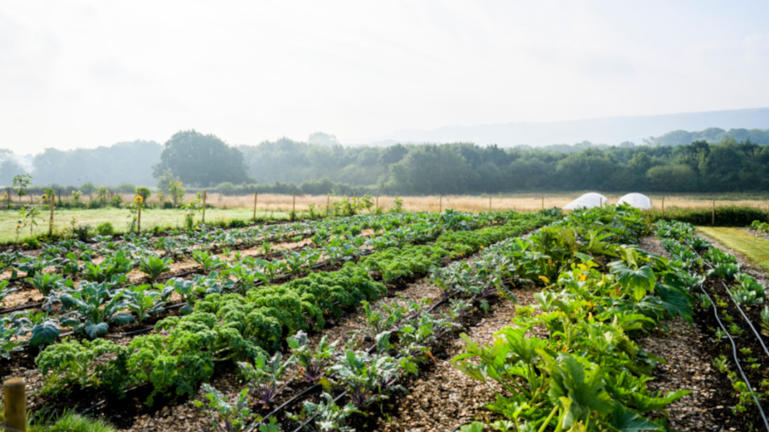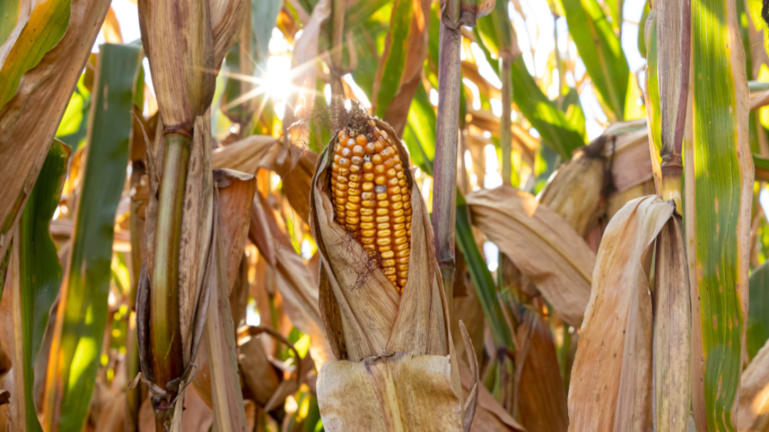The UN Food Systems Summit this July marked an inflection point for food companies and their role in the Nature Positive agenda. With food production causing a third of global emissions and agriculture directly responsible for the risk posed to 86% of threatened species, there is no doubt about the need to transform how food is produced. Food companies are increasingly aware of the critical role they need to play to mitigate climate change, redress the destruction of nature, fight the growing global obesity epidemic and eliminate hunger, which remains a daily challenge for 700 million people.
And for food companies, there is an additional pressing reason to lead this transformation: security of supply. Everything we deliver comes from nature. As we’ve started unpacking our big sustainability commitments like achieving net zero emissions, we’ve come to understand that some of the linear ways we’ve been engaging with nature can have a big impact, not only on climate but also on the health of the soil that we rely on for all production and supply of food commodities.
We’ve also realized that there’s a disconnect between our collective global net zero ambitions and how things happen on the ground. To close this gap, we need to shorten the value chain and focus on localization of sourcing. We need to better understand the predicted impact of climate change in the places where we source ingredients, adopt appropriate strategies, including diversifying our sourcing regions to increase the resilience of our supply, implement concrete actions for both climate change mitigation and adaption and protect biodiversity. This is no small task.
As companies move toward regenerative agriculture and purchasing ingredients with embedded carbon removals, there is increasingly a requirement to have a direct line of sight from the head office to the farms and growers. This is a change from the norm in the food industry and requires a need to forge a much closer connection with those on the ground.
Due to our heritage as a company, at Kraft Heinz, we’re fortunate to be able to learn from parts of our business that have continuously operated in this way. When Henry Heinz founded his company in the 19th Century, he began a research farm program in Ohio, an approach that is still thriving today. It produces 40% of the seeds used to grow processing tomatoes globally. Because of this, we can trace the tomatoes in any bottle of Heinz Tomato Ketchup right back to their farm of origin. The challenge is to scale this clear line of sight – and the certainty it gives us about the quality, integrity of production and impact of our practices - across all our product lines and multiple geographies. We don’t have to own the farm, but knowing our suppliers well is going to be essential in understanding where opportunity lies.
The food sector must positively impact more than climate change and biodiversity. Seventy percent of all packaging originates in the food sector; one in four workers globally work in food-related jobs; two-thirds of child labor is estimated to occur in this sector; and the global health of consumers is at risk. Embedding responsible choices and sustainability into our decision-making will open the doors to countless possibilities to positively impact these areas and more.
This, however, is complex. My background in leading supply chains and commercial teams within the business gives me a broad perspective to link ESG to business priorities and processes. There are four ways that I’ve found helpful to influence business decisions to prioritize ESG factors:
- Engage senior leadership: Many people find it daunting to start the journey to embed sustainability into their business – be prepared to share your knowledge and bring leadership along with a strong business case for how this change drives brand value.
- Start with what matters most: start with the issues that are most material to your business, that will matter to the greatest number of people and empower teams to be part of the change. Passion plus purpose will deliver progress.
- Use the data you already have, don’t wait for perfect: This is particularly true when looking at your carbon footprint, including the use of secondary data. Start with a small number of important things you can already measure and focus on how you can see if things are moving in the right direction, you can build up your data collection for more detailed measurement over time.
- Pivot from “cost” to “ROI:” I have found this to be crucial to build a business case for committing resources to help address ESG factors to focus on ROI – what will be the value generated for the business? Our ESG framework guides our decisions and allows for this value to be captured in capital expenditure decisions.
My most critical advice is to not ‘go it alone.’ The key to driving progress forward is to build strong internal and external communities of “critical friends.” I’ve found there is a lot of positivity and collaboration around sustainability issues. Building strong networks through participation in coalitions, trade associations and investor relations and acknowledging that this work is a marathon, not a sprint, will position you to grasp the opportunity, identify better solutions and drive change.








